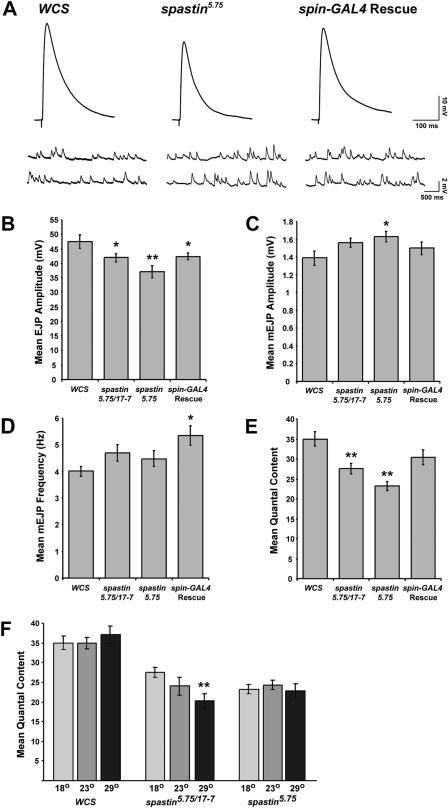Figure 5. NMJs in spastin Mutant Larvae Display Reduced QC.
(A) Representative EJP (upper) and mEJP (lower) traces are shown for control (WCS), spastin-null mutant (spastin5.75), and spin-GAL4/UAS-spastin; spastin5.75 (Rescue) larvae. All recordings were from the A3 or A4 muscle 6 NMJ.
(B) The average EJP amplitude is decreased by about 20% in spastin-null mutants (37 ± 2.0 mV, n = 26) relative to control (48 ± 2.4 mV, n = 14) and Rescue (42.4 ± 1.2 mV, n = 28) larvae, and is intermediate between control and null levels in hypomorphic spastin5.75/17-7 transheterozygotes (41.9 ± 1.5 mV, n = 22).
(C) The average amplitude of spontaneous events (mEJPs) is increased slightly in spastin nulls relative to control and Rescue larvae.
(D) The average frequency of spontaneous events is not affected in spastin mutants compared to control. Rescue larvae had a slightly higher mEJP frequency.
(E) Average QC, a measure of the amount of neurotransmitter released per action potential, is significantly lower in transheterozygotes (28 ± 1.3) versus control (35 ± 1.7), and reduced even further in spastin nulls (23 ± 1.2). This decrease is completely rescued by spin-GAL4-driven rescue (30 ± 1.9, p = 0.1 compared to WCS).
(F) Average QC is temperature dependent in spastin5.75/spastin17-7 transheterozygous larvae, but not in homozygous spastin-null or control larvae. QC measured in transheterozygotes raised at 18 °C (light gray bars) is intermediate between that of control and nulls. At room temperature (dark gray) and 29 °C (black bars), similar QC values are measured in transheterozygotes and null mutants.
*, p < 0.05; **, p < 0.005.

